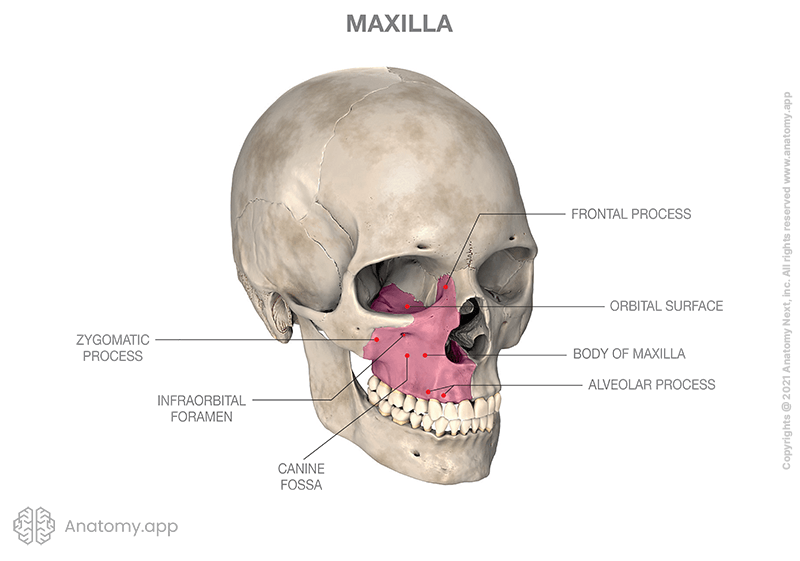illyrian
Iron
- Joined
- Jul 15, 2023
- Posts
- 20
- Reputation
- 28
From an evolutionary perspective, individuals with symmetrical features are often perceived as more attractive, as it indicates better genetic health and the ability to withstand environmental stressors. This preference for symmetry is rooted in the subconscious mind of foids and influences the perception of attractiveness for them.


Image of the Maxilla.
Image of male with good maxilla.
Image of an asianoid with underbite (underbite indicates recessed maxilla, there are many other indications for a recessed maxilla aswell. Refer to this.)
Here is why you need a good upper maxilla:
Enhanced Facial Harmony and Attractiveness:
A well-developed upper maxilla contributes to overall facial harmony and balance, creating a symmetrical and proportionate face. This aesthetic appeal can potentially increase your attractiveness to others. People often find individuals with balanced facial features more visually pleasing, which can positively influence initial impressions and potentially boost your overall attractiveness.
Defined Facial Structure and Elegance:
The upper maxilla plays a significant role in defining the midface region, which contributes to overall facial structure. A well-supported midface can provide a defined and elegant appearance. Having a prominent upper maxilla can give your face a distinct character, helping you stand out and potentially elevating your perceived status among peers.
Confidence and Positive Self-Image:
Your facial features, including the upper maxilla, can significantly impact how you perceive yourself and how others perceive you. When you have a well-developed upper maxilla, it can enhance your facial aesthetics, leading to increased confidence in your appearance. Feeling more confident and satisfied with your facial features can positively impact your self-image, which may radiate in social interactions, potentially boosting your perceived attractiveness and social status.
__________________________________________________________________________________________
How do I achieve a better upper maxilla?
Good Nutrition:
Ensure your diet consists of a variety of nutritious foods, including lean proteins, whole grains, fruits, vegetables, and healthy fats. Include as much non fatty meat as you can into your diet. A balanced diet supports overall growth and development, including the maxilla. Consume foods rich in essential nutrients for bone health, such as calcium and vitamin D. Good sources of calcium include dairy products, leafy green vegetables, and fortified foods. Vitamin D can be obtained from fatty fish, egg yolks, and fortified dairy products. Stay well-hydrated by drinking plenty of water throughout the day. Water is crucial for overall health, including the health of your bones and jaw.
Tongue posture:
Maintain proper tongue posture by placing the entire surface of your tongue on the roof of your mouth. The tip of the tongue should rest against the incisive papilla (the bump behind the front teeth) while the back of the tongue expands against the palate. This thread will not be going through mewing in detail. There are tons of tutorials in-depth on this forum and outside of it.
Lip closure:
Keep your lips gently closed at rest without excessive force or tension. This helps maintain proper oral posture and encourages balanced growth of the maxilla and facial structures.
Consistency:
Practice proper oral posture consistently throughout the day, including during sleep. Over time, this can help guide the growth and development of the maxilla.
Nasal breathing:
Make an effort to breathe through your nose rather than your mouth as much as possible. Nasal breathing helps filter, warm, and humidify the air before it reaches the throat and lungs. It supports normal growth and development of the facial structures, including the maxilla.
Proper tongue movement:
During swallowing, the tongue should press against the roof of the mouth instead of thrusting forward against the teeth. This helps prevent potential negative effects on the development of the maxilla.
This should be done at the ages of 11-21, after this there is rarely any structural change and your bones are fully grown.
Last edited:


